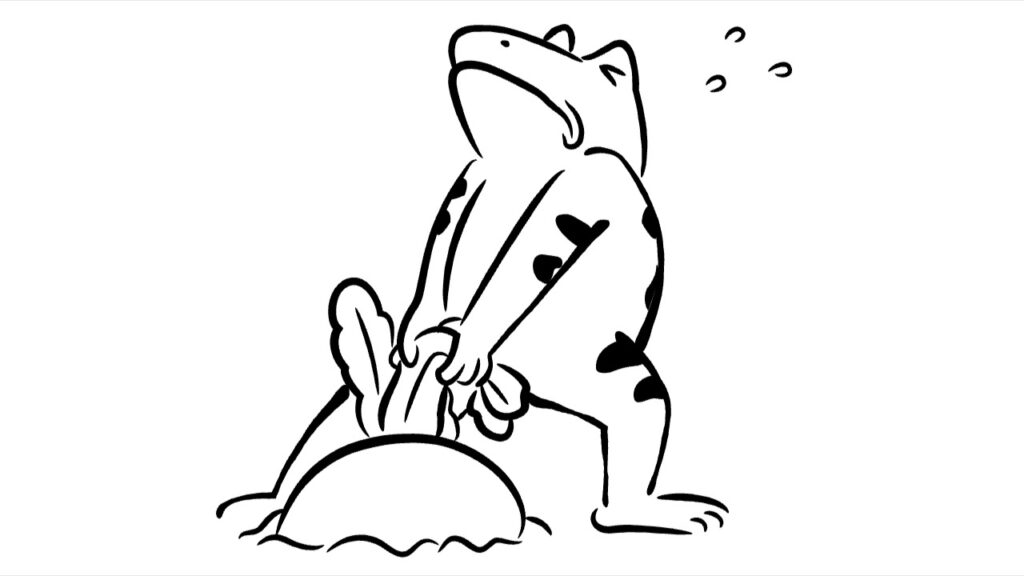Have you ever been asked to take off your shoes when entering a home?
In Japan, this is second nature. But for visitors from countries where it’s perfectly normal to walk around indoors in shoes, the custom can feel unfamiliar. So why is removing shoes at the door such a deeply rooted part of Japanese culture—and how does this tradition compare with other parts of the world?
Let’s explore the origins of this practice in Japan and discover how different cultures have developed similar habits for very different reasons.
Japan’s Genkan: More Than Just an Entryway
In Japan, the genkan is more than just the place you step into—it’s a symbolic boundary between the outside world and the inner, private space of the home.
Removing shoes here isn’t just about tidiness. It reflects two core cultural values:
- Cleanliness: Protecting the home from dirt and dust brought in from the outside
- Respect for space: Acknowledging the home as a sacred, harmonious environment
Tatami mats, the traditional flooring used in many Japanese homes, also played a major role. These woven straw mats are easily damaged by hard soles or dirty shoes. Walking barefoot or in indoor slippers became not only a courtesy, but a necessity.
A Historical Practice with Deep Roots
Heian Period (794–1185): The Noble Origins
The practice of removing shoes began among Japan’s aristocracy. In Heian-era court residences, people lived and sat directly on tatami or raised wooden floors. Footwear was removed to preserve both cleanliness and comfort.
Muromachi Period (1336–1573): The Samurai Embrace the Custom
As samurai culture rose to prominence, so did the emphasis on discipline and purity within the home. Removing shoes became standard in samurai residences, further embedding the practice into Japanese domestic life.
Edo Period (1603–1868): A Nationwide Norm
By the Edo period, the custom had spread to all social classes. The idea of the home as a clean and orderly sanctuary gained momentum, and removing shoes at the genkan became a cultural default, transcending class or region.
Is This Only a Japanese Thing? Not at All.
Japan isn’t alone in this tradition. Many cultures across the world observe similar habits—though the reasons behind them vary.
East and Southeast Asia
- South Korea and China share the practice of removing shoes indoors, often tied to cleanliness, floor-based seating, and cultural respect for the home.
- In Thailand and Vietnam, it’s common to remove shoes in homes and temples, combining cleanliness with spiritual reverence.
Scandinavia and Northern Europe
In countries like Sweden, Finland, and Norway, shoes are typically left at the door—especially in winter. Snow, mud, and slush make indoor shoe-wearing impractical and messy.
Middle Eastern and Muslim Cultures
In Islamic tradition, shoes are removed before entering mosques as a sign of spiritual purity. This practice often extends to the home as well, where guests and residents alike remove footwear upon entry.
Climate, Culture, and Cleanliness: What Shapes the Habit?
What’s fascinating is how the same act—taking off shoes—can stem from different reasons:
- Climate: In snowy or muddy regions, it’s a matter of practicality.
- Spirituality: In some cultures, entering barefoot is a sign of respect and purification.
- Cultural values: For others, it’s about preserving the sanctity of the home or maintaining hygiene.
Regardless of the reason, these customs reflect a shared human instinct: to protect our personal space from the outside world.
Conclusion: A Shared Global Habit with Local Meaning
The Japanese custom of removing shoes indoors isn’t unique—but its cultural depth and consistency make it especially emblematic of the country’s values.
Across the world, from Tokyo to Tehran to Toronto, the act of taking off one’s shoes before entering a home carries different meanings—but similar intentions. It’s about drawing a line between public and private, dirty and clean, the outside and the intimate.
Understanding the origins of this habit not only deepens our appreciation for Japanese culture but also reminds us of the universal human desire to create clean, respectful, and sacred spaces within our homes.


